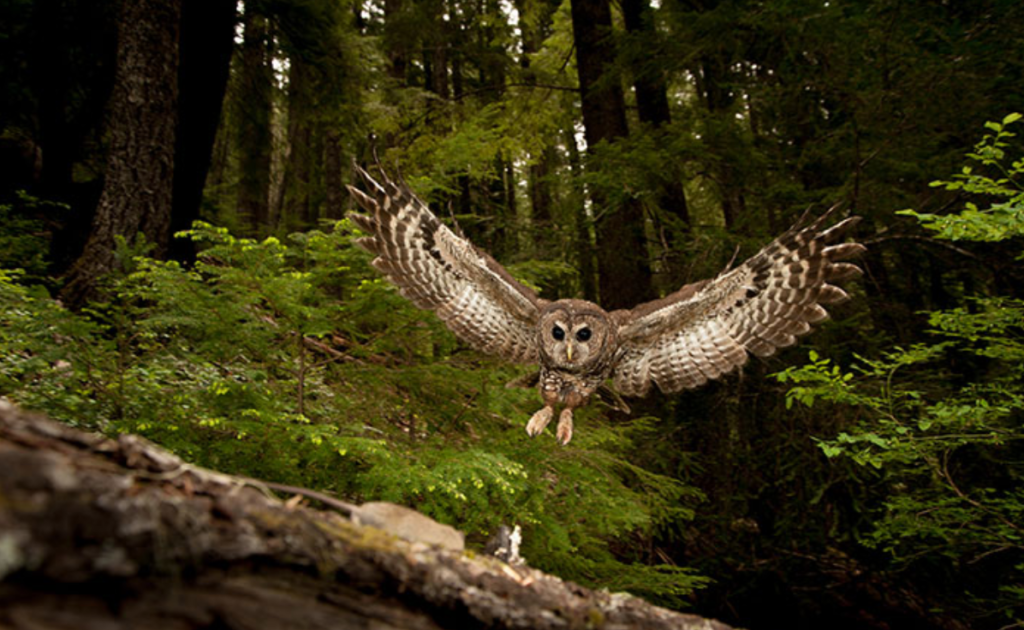Indigenous Owl Species on the Brink of Extinction

The northern spotted owl, one of the most well known owl species to inhabit the Pacific Northwest regions, have reached population numbers of an all time low. These brown owls, with white speckles and a wingspan of up to 4 feet, are nocturnal birds that rely solely on old-growth forests. They hunt for salamanders and small rodents, and researchers and conservationists have invested enormous amounts of time, effort, and money trying to protect them. Unfortunately, the owl’s population has decreased by over 75% since just 1995.
The reason for this rapid decline in their numbers can be attributed to severe habitat loss caused by uncontrolled logging, as well as wildfires that tear through forests quite easily. Many studies warn that in order to save the owl and reverse the damage that is done, extreme steps have to be executed. As mentioned earlier, these owls can only thrive in coniferous and old-growth forests. Over 70% of all these forests across the Pacific Northwest, the only region where these owls are found, have been destroyed in the past 30 years because of logging for urban development. The studies indicate that only if these precious forests are preserved can the owls even have a chance at escaping extinction.
“Conducted every five years, this most recent survey covered a total area of 4.6 million acres across the owls’ habitat in northern California, Oregon, and Washington. The study regions were selected to give a full picture of the forest and land conditions across the owl’s habitat” says NatGeoWild. “When population surveys began in 1985, scientists thought that habitat loss was the bird’s main threat. But in the 1990s, when the species was listed as threatened under the Endangered Species Act and a plan was adopted to balance timber harvests on federal land with conservation, another competitor swooped in from the east somewhat unexpectedly”. This transitions into our next problem that has been leading to the decline in the Northern spotted owl’s population decline, competition from an invasive species.
Another factor for their diminution in numbers is the extreme competition from a growing owl species, the barred owls, that hunt a wider array of prey. Since these owls don’t rely so heavily on the forests for shelter or prey, the destruction of forests doesn’t affect them as much as it does the spotted owls. Furthermore, recently barred owls have started to grow slightly bigger, and show more aggressive attitudes towards the northern spotted owl. They have become such a big problem, that they are a bigger threat to the indigenous owls than habitat destruction.